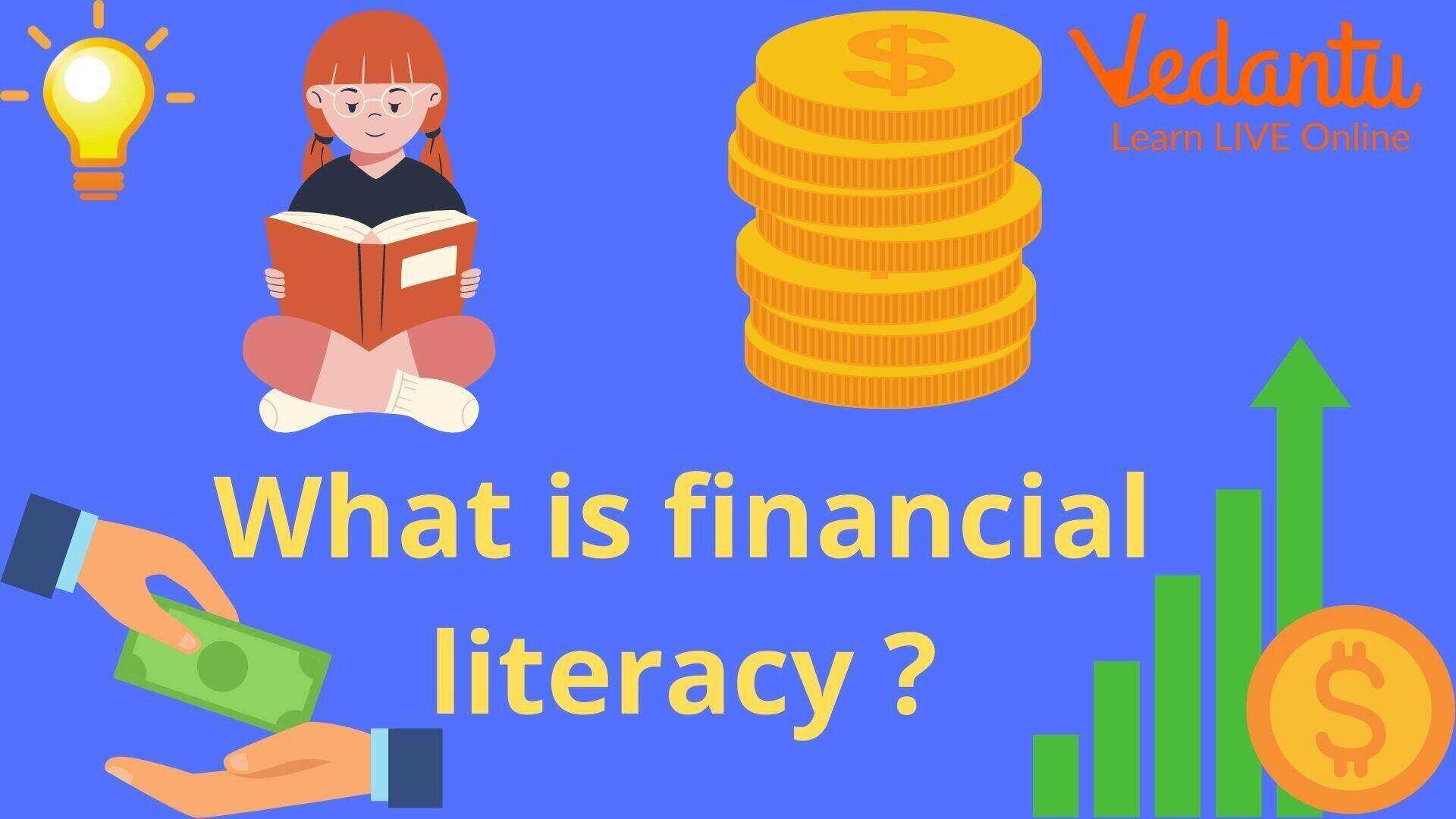Finance and Financial Literacy for Kids
A financial emergency is more of a reality than a possibility. It does not matter what profession you choose for yourself. You can face a financial emergency at any time. Pandemics, health emergencies, home repairing, any weather event, and losing a job, all can cause a serious financial crisis. According to the American Psychological Association, around 72% of adults suffer stress from a monetary emergency.
While you cannot rewind time to make the right decisions and avoid the crisis, we can help you with the steps to take to limit your spending. That is why we have presented an introduction to money to help you in the future.
What is Financial Literacy?

Financial Literacy
What is financial literacy? It is a skill that helps people manage their money better. Managing your expenses can be a hectic task, and it is not in everyone's capacity. Also, with the rise of the digital era introducing UPI, spending money is easier than earning it. Here, we have listed what steps you can take to make better financial decisions.
People need to have a good understanding of personal credit and a willingness to accept their responsibilities to earn money. If you want to know what financial literacy is, you need to know the basics of financial literacy in the first place.
Track your monthly expenses. It is an activity you can do till it becomes your habit. In a mobile app or notebook, write down every expense to track how much money you need to save. It is one of the most important financial activities.
Adding up the total expenses every three months helps to calculate how much money you can spend in the upcoming month.
Identify your variable expenses and fixed expenses and spend your money based on that.
Savings is a very important factor in planning your finances. It is one of the most common basics of financial literacy. Always take away a portion of your salary and save it in your bank. Also, you should forget about this or keep distracting yourself, so you don't develop the urge to spend it anymore.
One of the best examples of financial literacy is when a man calculates the risk of investing or spending money somewhere. People should always consider the risk involved with every investment, and based on that understanding; they should think if they can afford the expense for the time being or not.
How to Learn Finance?
Now that we know what is financial literacy, it is important to have an introduction to money. If you know its basics, you can immediately feel the need to learn the simple things about finance. But whether it is an adult or a child, regardless of age, everybody should learn a little bit about finance. So, in financial literacy for children episode 1, we shall talk about how to learn finance.
One of the most important financial activities you can do to save your money is to schedule your study time. If you work overnight shifts or have children to take care of at home, you need to prepare a schedule to study and make a budget for the coming month.
Books help people learn a lot of things. But that knowledge can only be effective if you engage in effective conversations with people who have financial knowledge or have the same goal.
Making real-world connections is very important in learning about finance. To properly understand how to plan your expenses, you need to connect the materials to real-world examples.
To know how to learn finance, you need to realise what kind of learner you are. The learning style varies for everyone. Some are visual or auditory learners, while others can be kinesthetic learners. If you can engage multiple senses to learn about finance, you can learn much faster and remember things.
How can Students Learn about Financial Literacy?

Financial Literacy for Kids
An adult can learn finance management quite effectively, but financial literacy for students can be a little tricky. Students can easily divide money into three parts: spend, give and save. Teach them how to keep a record of the total amount of the spent money.
Besides saving for them, give them a small amount of pocket money and tell them to keep a record of how much money to spend and how much to save.
Being able to learn comparison shopping is a part of financial literacy for students. By learning this, kids can learn about the difference between desire and need and buy what is essential rather than spending money on buying unnecessary things.
Financial Literacy for Children
To know how to make money for kids, trusting them with their own money is important because it helps promote financial literacy for children. One of the most important financial literacy for kids is to limit their expenses. Children are very observant. If they look at your lifestyle, they eventually learn to have the same lifestyle for them.
In the financial literacy for children episode 1, we need to discuss the budget. Give them a small amount of money and help them plan their budget. This makes them responsible.
Another financial literacy for kids is to teach them the difference between long-term and short-term expenses. If kids want to buy something expensive with their pocket money, tell them to save money to buy that; otherwise, they will lose all their money before time.
Conclusion
Whether it is an adult, or a student, learning about finance should always be at the top of the priority list for everyone. Finance management does not care about age. Anyone can do it, and finance management is not a very difficult job to do.
If you teach kids how to manage their pocket money, they can become very responsible adults in the future. But if you want to teach them finance management, you need to make sure that you learn how to live a simple life and spend on the necessary things.







